First Reviews: Radeon RX 6800 and 6800 XT - AMD Throws Down the Gauntlet
Reviews of AMD's latest graphics chipsets, the Radeon RX 6800 and RX 6800 XT, have been released online. How do they compare to competing Nvidia GPUs?
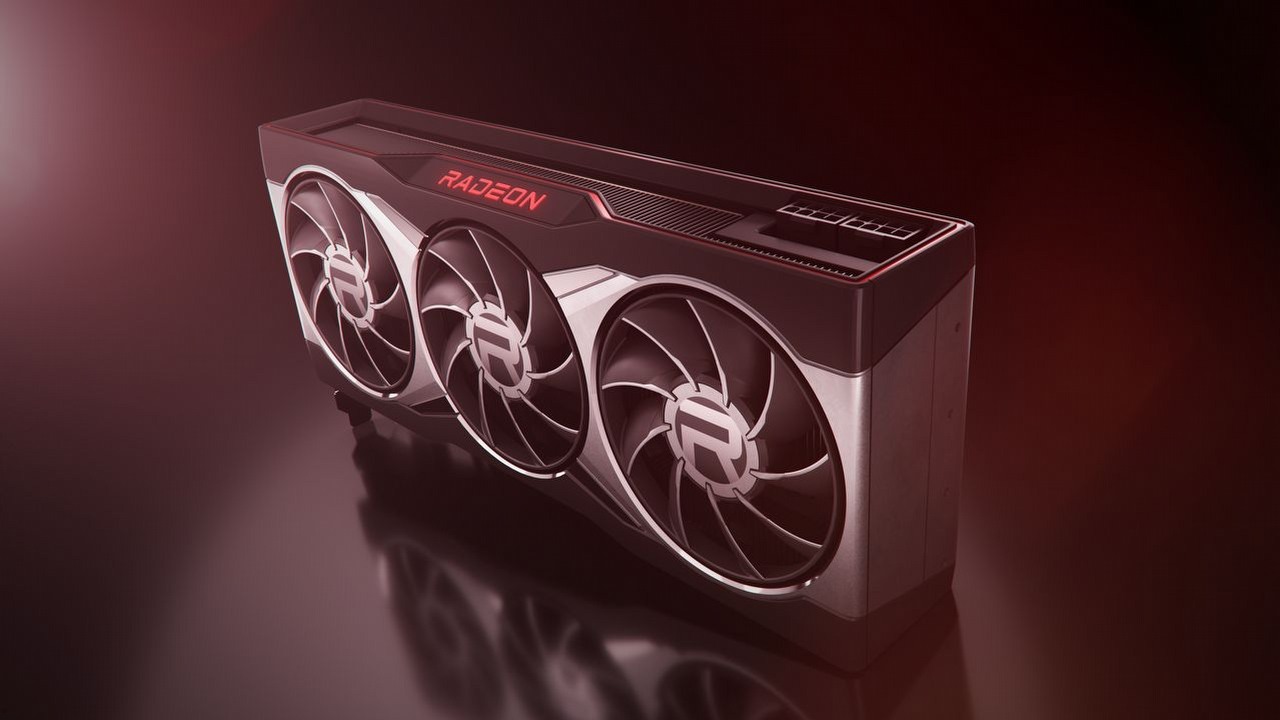
Today, AMD Radeon RX 6800 and RX 6800 XT debute on the market. The chipsets intended to be direct competition for Nvidia's cards based on the Ampere architecture. Is the long-awaited "Big Navi" worth the trouble and - above all - its price? Or maybe it is better to bet on the competitor's product or one of the older models? This is what industry experts think.
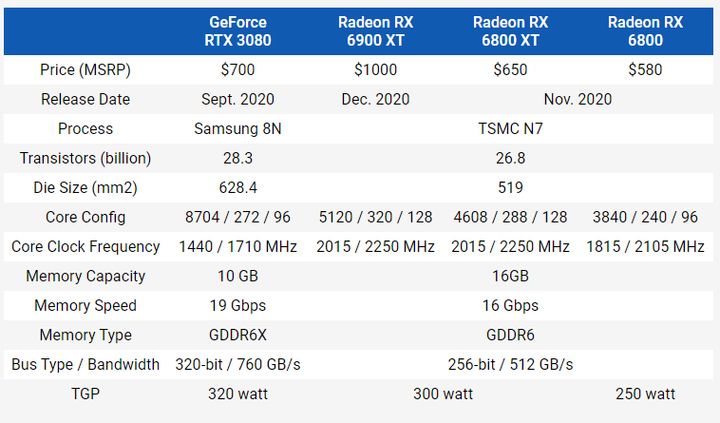
Radeon RX 6800 and 6800 XT reviews
3D Guru
"The year 2020 proofs to show exciting times in the graphics card industry. New technologies like raytracing are now becoming a norm for gaming. With Big Navi, aka the 6800 and 6900 series, AMD is back to the table with a deck of cards that offers support for that full DirectX Ultimate feature set. Not just that, they've made some big bets with the architecture. The infinity cache definitely brings them where they need to be performance-wise. So in that respect, AMD is back in that front row seat with a top-3 performing graphics card," reads the review.
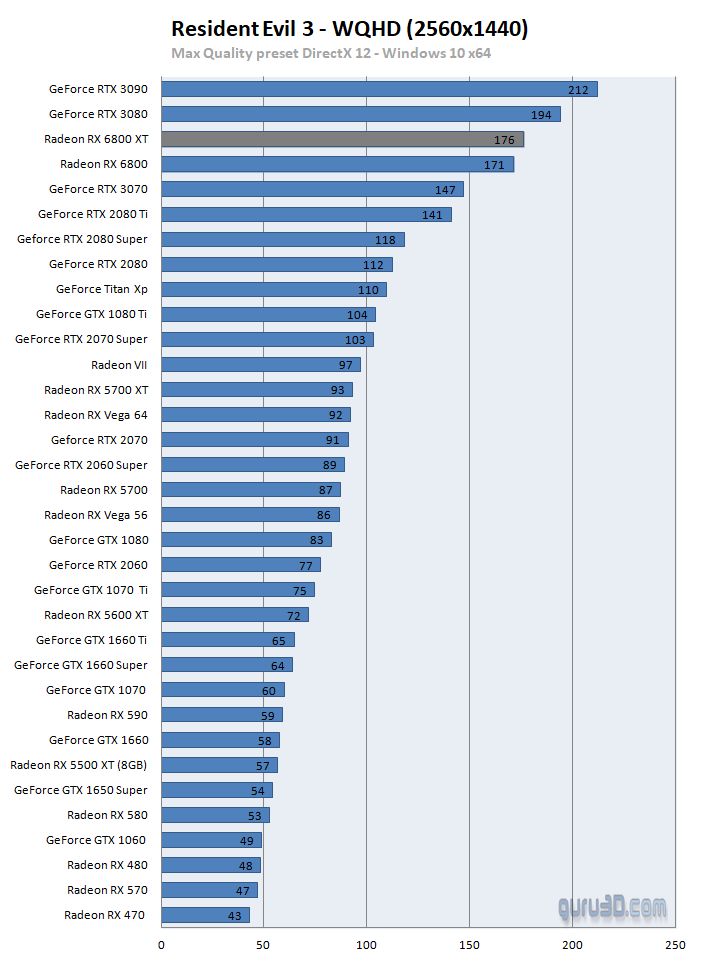
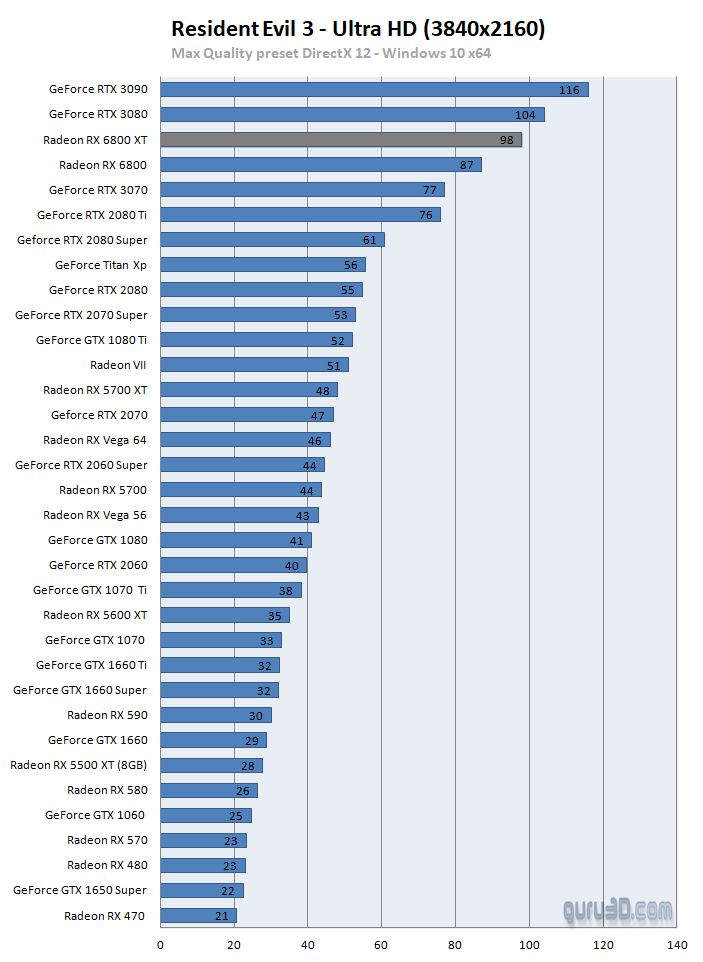
TechSpot
"The Radeon RX 6800 XT delivers excellent performance. Just two months ago, the RTX 3080 completely blew us away with its performance, and we weren't overly confident AMD could pull this one off. But for the first time in a long time, the latest Radeons are able to catch up to newly released high-end GeForce GPUs. As it's often the case, depending on the game and even the quality settings used, the RX 6800 XT and RTX 3080 trade blows, so it’s impossible to pick an absolute winner, they’re both so evenly matched.
The advantages of the GeForce GPU may be more mature ray tracing support and DLSS 2.0, both of which aren’t major selling points in our opinion unless you play a specific selection of games. DLSS 2.0 is amazing, it’s just not in enough games. The best RT implementations we’re seen so far are Watch Dogs Legion and Control, though the performance hit is massive, but at least you can notice the effects in those titles.
The advantages of the Radeon RX 6800 XT includes a much larger VRAM buffer, SAM support, and a slight price decrease. The 16GB VRAM buffer is almost certainly going to prove beneficial down the track, think 1-2 years. Support for SAM is potentially a big one, but by being limited to Ryzen 5000 CPUs on a 500 series motherboard, its impact is less significant. Nvidia claims they're working on getting this working with Ampere GPUs, too, and for all platforms, which is a good thing as it will force AMD to open up support to all users," reads the review.
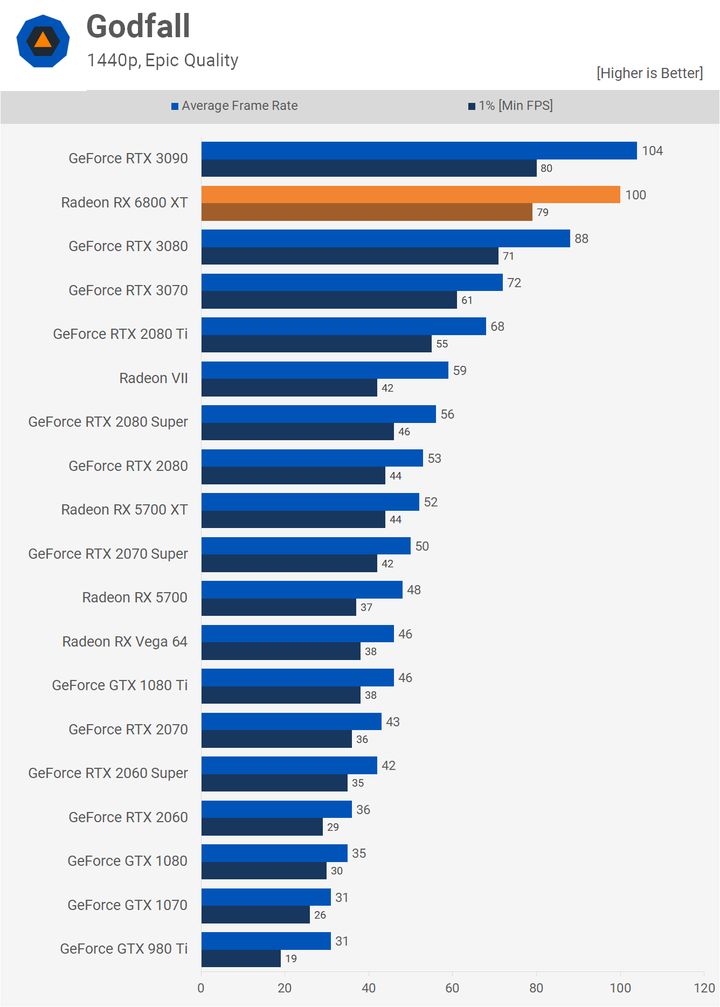
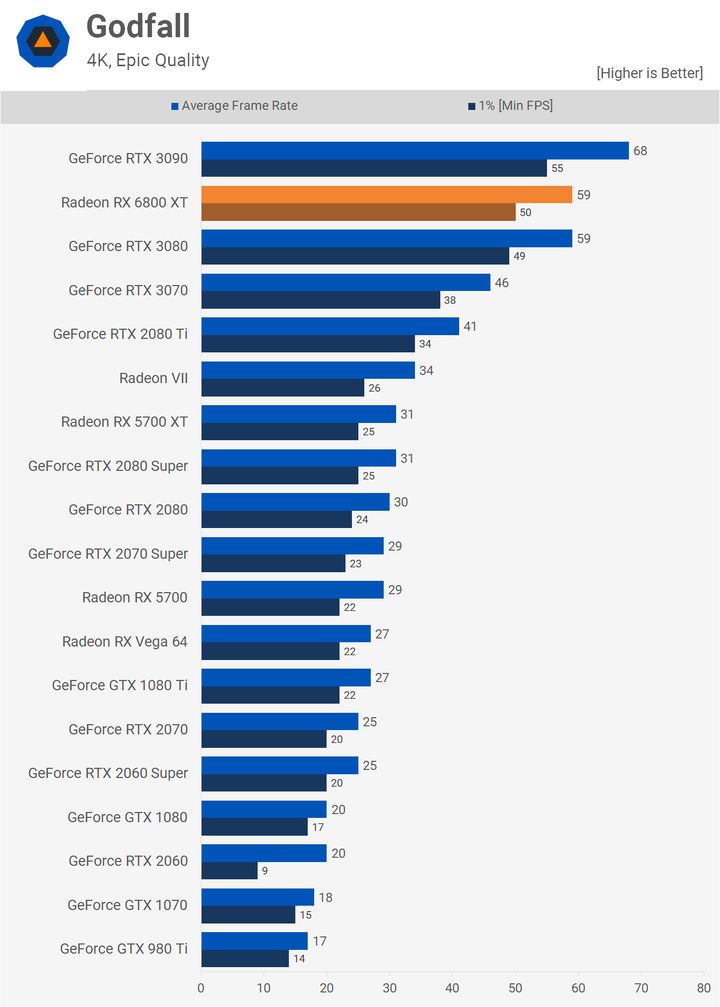
TechPowerUp
"The Radeon RX 6800 XT is almost twice (!) as fast as the Radeon RX 5700 XT, quite a huge gain generation over generation. Now, these cards are of course at different price points, but they are the best AMD had at the time. Compared to NVIDIA's offerings, we see great results, too. The RX 6800 XT is just 6% behind the RTX 3080 and 25% faster than the RTX 2080 Ti and RTX 3070. Before AMD's announcement, I've heard people say "oh if AMD could only match 2080 Ti, it would be huge win for them." NVIDIA's fastest, the RTX 3090, is 16% faster than the RX 6800 XT, at much higher pricing. AMD has the RX 6900 XT ready for that, we'll know more details soon.
With these performance numbers, the Radeon RX 6800 XT is the perfect choice for 4K gaming at 60 FPS. It achieved that mark in nearly all titles in our test suite. Things are different once you turn on raytracing. Just like on NVIDIA, there's a hefty performance hit when running with the DirectX Raytracing API. We only tested two games so far, but it seems the loss in performance is bigger than on NVIDIA, who improved in that area with Ampere. Remember, this is AMD's first-generation raytracing implementation. Performance is still very respectable. I expected RT performance similar to Pascal cards, where RT is emulated in shaders. RX 6800 XT does much better than that—I'd say we will see performance roughly around RTX 2080 Ti levels, with big differences depending on the title.
AMD has a clear advantage here because they provide the hardware for the new gaming consoles, which have raytracing as one of their new features. This means that game developers will optimize their games for this architecture's RT capabilities. What we've seen so far is that RT on consoles will be minimal, just some basic eye candy, but I'm sure developers will figure out new innovative ways in the coming years. NVIDIA is big on raytracing, and they have to be to keep their performance lead," we read in the text.

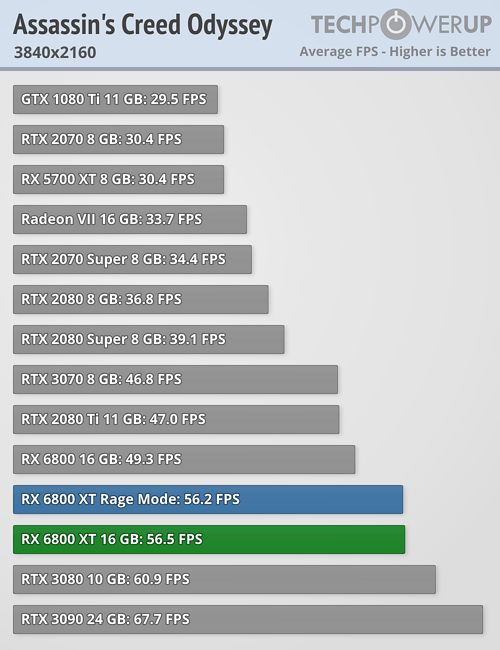
Big Navi does not disappoint, but also does not delight
After years of almost complete dominance of Nvidia in the GPU market, the situation is beginning to change. The first swallow of these changes was last year's release of RX 5000, but it is only RX 6000 that really throws down the gauntlet for Nvidia to pick up, offering very similar performance at a similar price. The fact that Dr. Lisa Su managed to achieve this despite Nvidia's exceptionally strong offer this year - the Ampere chips got a well-deserved enthusiastic reception by the industry (apart from technical problems and tragic availability) - shows how much progress it has made.
Radeon RX 6800 XT effectively competes with GeForce RTX 3080 - usually it is a few fps slower, but these are differences of 5-6%, and it is worth remembering that AMD's proposal is slightly cheaper. The higher cost of Nvidia's model can be easily justified by the clearly better performance after enabling ray tracing, because in this field the advantage of Ampere is very noticeable. The problem is that the Nvidia's new chips cannot be bought for the time being, so a bit slower Big Navi can become a very attractive alternative for many gamers - provided, of course, that AMD takes care of proper supply.
In theory, RX 6800 performs even better, because it literally goes head-to-head with its direct competitor - GeForce RTX 3070. It usually performs only slightly better, but in some titles the advantage increases to a noticeable level (e.g. in Shadow of the Tomb Raider). The situation reverses when we enable ray tracing - then it's Nvidia's card that takes a clear lead (although here, too, we have an exception in the form of the recently released Watch Dogs: Legion, in which AMD's cards are doing almost as well or better than Nvidia's models - only that, unfortunately, it's paid for with worse graphics quality and anomalies). The case of RX 6800 is complicated by its high price - $580. For the competitive GeForce RTX 3070 we have to pay $81 less, but in all cases we are talking about suggested prices - the actual differences in the shops will probably be smaller. This does not change the fact that the fps values visible in the graphs do not fully justify this difference, although time may work in Radeon's favor due to a much larger amount of VRAM (as much as 16 GB, compared to only 8 GB of GeForce, which is already an insufficient amount). In short, AMD a good card in its hands, but it wouldn't hurt to rethink its price.
From a technological point of view, Nvidia still has a certain advantage - partly due to a much better implementation of ray tracing, and partly due to intelligent DLSS image reconstruction technology. However, AMD is already preparing its response to the latter in the form of FidelityFX Super Resolution (that's the official name), and the former not essential for every player. The most important thing is that in terms of pure computing power the new Radeons have nothing to be ashamed of before Ampere. It's a great turn of events and a great forecast for the market - in the near future both companies will have to fight hard for customers, from which the latter will benefit the most.
0
Latest News
- „It's a brave decision.” Former Rockstar director praises Larian for walking away from Baldur's Gate
- Pathfinder devs are working on their own launcher, but some players are not happy about that
- Game of the Year 2025 devs underestimated their work. „Most of us were aiming at around 80”
- Steam has revealed the biggest winners of 2025. Game of the Year didn't make the list
- Clair Obscur players see „inspiration” from Game of the Year 2025 in a new title from China, much to the annoyance of jRPG fans

